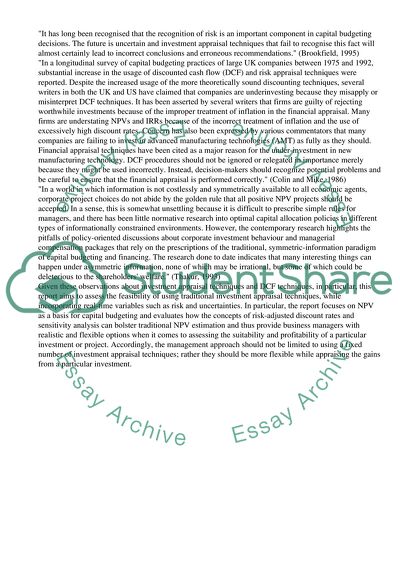Cite this document
(“Corporate Finance and Governance Essay Example | Topics and Well Written Essays - 2500 words”, n.d.)
Retrieved from https://studentshare.org/business/1514409-corporate-finance-and-governance
Retrieved from https://studentshare.org/business/1514409-corporate-finance-and-governance
(Corporate Finance and Governance Essay Example | Topics and Well Written Essays - 2500 Words)
https://studentshare.org/business/1514409-corporate-finance-and-governance.
https://studentshare.org/business/1514409-corporate-finance-and-governance.
“Corporate Finance and Governance Essay Example | Topics and Well Written Essays - 2500 Words”, n.d. https://studentshare.org/business/1514409-corporate-finance-and-governance.


